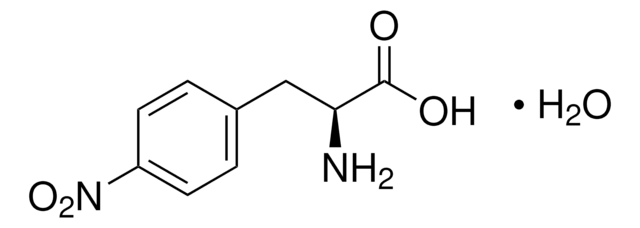320501
Ácido sulfúrico
ACS reagent, 95.0-98.0%
About This Item
Productos recomendados
grade
ACS reagent
vapor density
<0.3 (25 °C, vs air)
vapor pressure
1 mmHg ( 146 °C)
description
Free from suspended or insoluble matter
Nominally 95-98% H2SO4
assay
95.0-98.0%
form
liquid
ign. residue
≤5 ppm
color
APHA: ≤10
pH
1.2 (5 g/L)
bp
~290 °C (lit.)
density
1.840 g/mL at 25 °C (lit.)
anion traces
MnO4- reducers: ≤2 ppm
chloride (Cl-): ≤0.2 ppm
nitrate (NO3-): ≤0.5 ppm
cation traces
As: ≤0.01 ppm
Fe: ≤0.2 ppm
Hg: ≤5 ppb
NH4+: ≤2 ppm
heavy metals (as Pb): ≤1 ppm
SMILES string
OS(O)(=O)=O
InChI
1S/H2O4S/c1-5(2,3)4/h(H2,1,2,3,4)
InChI key
QAOWNCQODCNURD-UHFFFAOYSA-N
¿Está buscando productos similares? Visita Guía de comparación de productos
signalword
Danger
hcodes
Hazard Classifications
Eye Dam. 1 - Met. Corr. 1 - Skin Corr. 1A
Storage Class
8B - Non-combustible corrosive hazardous materials
wgk_germany
WGK 1
flash_point_f
Not applicable
flash_point_c
Not applicable
Certificados de análisis (COA)
Busque Certificados de análisis (COA) introduciendo el número de lote del producto. Los números de lote se encuentran en la etiqueta del producto después de las palabras «Lot» o «Batch»
¿Ya tiene este producto?
Encuentre la documentación para los productos que ha comprado recientemente en la Biblioteca de documentos.
Los clientes también vieron
Nuestro equipo de científicos tiene experiencia en todas las áreas de investigación: Ciencias de la vida, Ciencia de los materiales, Síntesis química, Cromatografía, Analítica y muchas otras.
Póngase en contacto con el Servicio técnico




